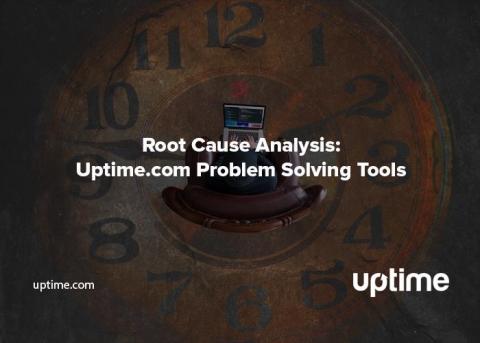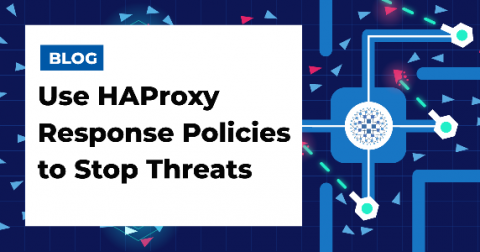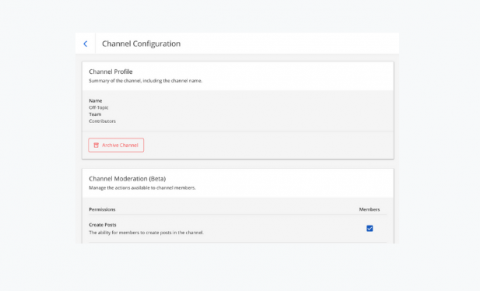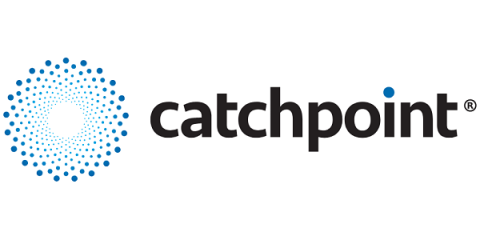Root Cause Analysis: Uptime.com Problem Solving Tools
You manage one of the world’s largest messaging platforms. It’s the middle of the afternoon and you are feeling confidence set in. Your company has recently beefed up its capacity, and performance has never been better. You’re about to step out for a late lunch when a drop in metrics starts triggering alarms. What do you do? *record scratch* Yep, that’s me. You’re probably wondering how I ended up in this situation…











